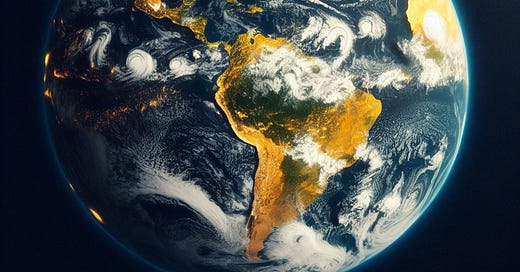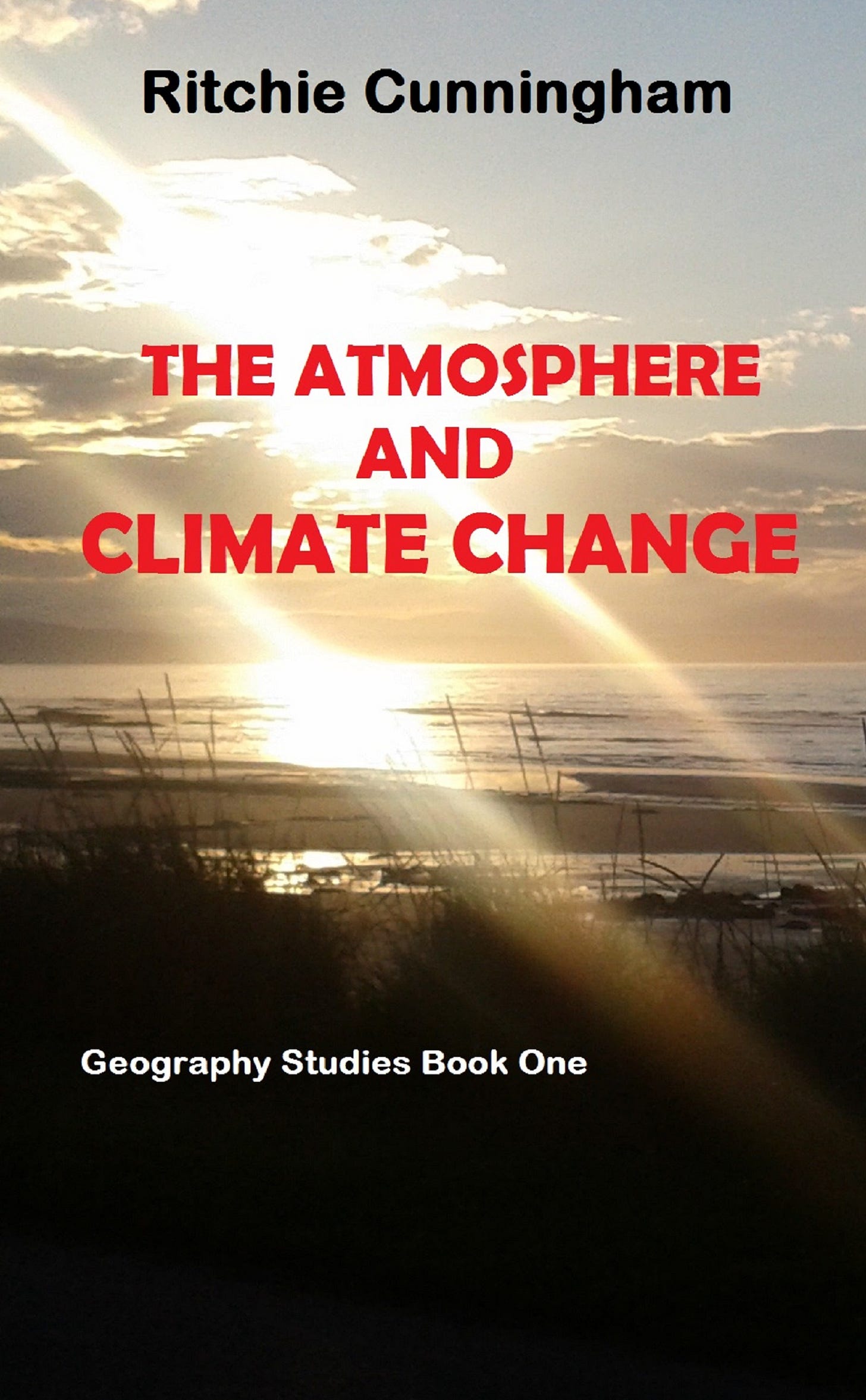Humans and Climate Change: The Scientific Consensus
The question of whether humans are causing the Earth's climate to change is no longer a matter of serious scientific debate. Decades of rigorous research, peer-reviewed studies, and international assessments have established with overwhelming certainty that human activities—especially the burning of fossil fuels, deforestation, and large-scale agriculture—are the primary drivers of the enhanced greenhouse effect and the resulting global warming (IPCC, 2023; US National Climate Assessment, 2023).
The Evidence is Overwhelming
1. Rising Greenhouse Gas Concentrations
Since the Industrial Revolution, atmospheric concentrations of greenhouse gases such as carbon dioxide (CO₂), methane (CH₄), and nitrous oxide (N₂O) have increased dramatically. Ice core records show that current CO₂ levels (over 420 ppm as of 2025) far exceed natural variations over the past 800,000 years (NOAA, 2025). The rate and magnitude of this increase are unprecedented in the geological record.
2. Global Temperature Rise
The average global temperature has risen by approximately 1.2°C since the late 19th century, with the last decade (2015–2024) being the warmest on record (NASA, 2024; WMO, 2024). This warming closely matches climate model projections based on observed greenhouse gas emissions, while natural factors alone (such as solar variability or volcanic activity) cannot account for the observed trend.
3. The Human Fingerprint
The isotopic composition of atmospheric CO₂, as well as the pattern of warming (greater over land and in the Arctic, for example), provide clear evidence that fossil fuel combustion is the main source of increased greenhouse gases (IPCC, 2023; Le Quéré et al., 2023). This "fingerprint" distinguishes anthropogenic emissions from natural sources.
4. Observed Climate Impacts
The impacts of climate change are already visible and measurable:
Sea Level Rise: Global mean sea level has risen by about 20 cm since 1900, accelerating in recent decades (IPCC, 2023).
Melting Glaciers and Ice Sheets: Rapid ice loss is occurring in Greenland, Antarctica, and mountain glaciers worldwide.
Extreme Weather: Increased frequency and severity of heatwaves, droughts, floods, and hurricanes are being observed globally (IPCC, 2023; WMO, 2024).
Ocean Changes: Ocean heat content, acidification, and deoxygenation are all increasing, with widespread impacts on marine life.
Consequences of a Warming World
The consequences of unchecked climate change are severe and wide-ranging:
1. Sea Level Rise
Continued melting of ice sheets and thermal expansion of seawater are projected to raise sea levels by 0.3–1.1 meters by 2100, threatening low-lying cities, small island nations, and coastal ecosystems (IPCC, 2023).
2. Extreme Weather Events
Heatwaves, droughts, heavy rainfall, and intense storms are expected to become more frequent and severe, leading to increased risks to food security, water resources, infrastructure, and human health (IPCC, 2023; US National Climate Assessment, 2023).
3. Ocean Acidification
Oceans absorb about a quarter of human CO₂ emissions, leading to acidification. This harms coral reefs, shellfish, and other marine organisms, with cascading effects on fisheries and food security (IPCC, 2019).
4. Biodiversity and Ecosystem Loss
Rising temperatures and shifting climate zones threaten countless species with extinction, disrupt ecosystems, and reduce the services they provide to humanity, such as pollination, water purification, and climate regulation (IPBES, 2019).
5. Human Health and Socioeconomic Impacts
Climate change increases the risk of heat-related illnesses, spreads vector-borne diseases, exacerbates air pollution, and threatens livelihoods—particularly for vulnerable populations (WHO, 2023).
The Path Forward: Urgent Action Required
While the challenges are immense, solutions are available. Rapid, deep reductions in greenhouse gas emissions—especially from energy, transport, and agriculture—are essential to limit warming to 1.5°C or 2°C above pre-industrial levels, as outlined in the Paris Agreement (UNFCCC, 2015). This requires a transition to renewable energy, improved energy efficiency, reforestation, and sustainable land use, along with adaptation measures to protect people and ecosystems.
The scientific evidence is unequivocal: climate change is real, it is caused by humans, and the time to act is now. Immediate and decisive action from individuals, communities, businesses, and governments worldwide is essential to secure a sustainable future for all.
References
IPCC (2023). Sixth Assessment Report. https://www.ipcc.ch/report/ar6/wg1/
NASA (2024). Global Climate Change: Vital Signs of the Planet.
https://climate.nasa.gov/
NOAA (2025). Global Monitoring Laboratory: Trends in Atmospheric Carbon Dioxide. https://gml.noaa.gov/ccgg/trends/
WMO (2024). State of the Global Climate 2023.
https://public.wmo.int/
US National Climate Assessment (2023).
https://nca2023.globalchange.gov/
IPBES (2019). Global Assessment Report on Biodiversity and Ecosystem Services. https://ipbes.net/global-assessment
World Health Organization (2023). Climate change and health. https://www.who.int/news-room/fact-sheets/detail/climate-change-and-health
UNFCCC (2015). The Paris Agreement. https://unfccc.int/process-and-meetings/the-paris-agreement/the-paris-agreement
Sample Geography Examination Questions
1. Explain the main lines of evidence that demonstrate human activity is the primary cause of recent global climate change.
(6 marks)
2. Describe three major consequences of global warming for both human societies and natural ecosystems.
(6 marks)
3. Assess the effectiveness of international agreements in addressing climate change. Use examples to support your answer.
(8 marks)
4. Using examples, explain how climate change is affecting weather patterns around the world.
(6 marks)
5. Discuss the role of renewable energy in mitigating climate change.
(6 marks)
Additional Sources
The Atmosphere and Climate Change







